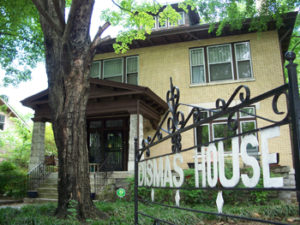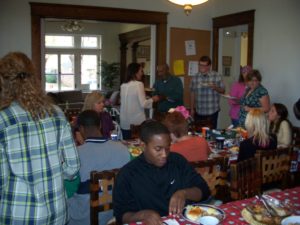Ethnography Summary
A graffiti wall was conducted at the end of a peer-to-peer meeting where two questions were posed: 1. What were the biggest obstacles that you faced as someone just released from prison?. 2. What are the biggest reasons that you have had trouble finding housing?
However, the members at the meeting were unexpectedly reluctant to participate in the study. I think they felt embarrassed in front of the others, and the meeting ran a little long so many members left a little early. However, some people emailed me later that week with their answers, so those were also included in this summary.
Date: 3/8/17
Type: Interactive
Location: Imani Unidad, Peer-to-Peer meeting.
Top 3 Learnings:
- Housing related issues was listed as one of the top obstacle people faced upon release from incarceration in about half of the responses, and all of the individuals that did not face such issues, were lucky to have supportive family members to live with. Other issues include pressure from gangs/other negative influences, gaining employment, and obtaining official identification (driver’s license/social security card).
- Finding housing was only one of the housing-related issues stated for ex-convicts. Individuals said they also suffer from slum lords, terrible living conditions, and toxic environments in their easiest options.
- By far the biggest reason cited for why they had trouble finding housing was a lack of income and resources. This limits their options considerably and keeps them discouraged from even looking/applying. This was surprising given that we have been approaching this issue more from the lens of discriminatory behavior by landlords.
Key Insights – (1) This meeting was very enlightening and powerful, and a lot of insights were gained from observing and speaking to the clients. It was very interesting to hear about housing issues other than just difficulty finding a place to stay. We have not really considered the quality of the housing or the type of environment it would be for the former offender. (2) I was pleasantly surprised by the positivity of a lot of the ex-convicts were about their future, and by how many of them were excited and open to hearing our ideas. We watched a documentary, 13th, in the meeting, and they were especially interested in hearing our perspectives on the issues discussed in the film.

